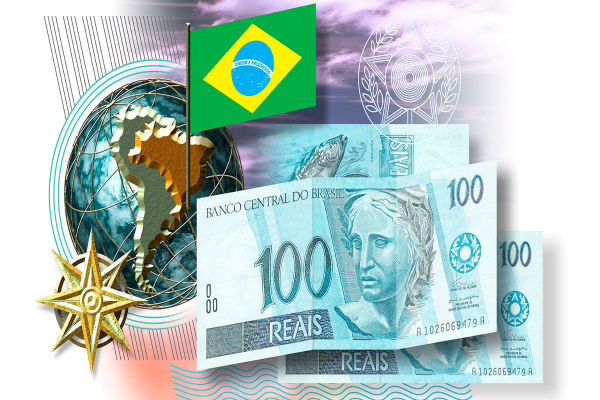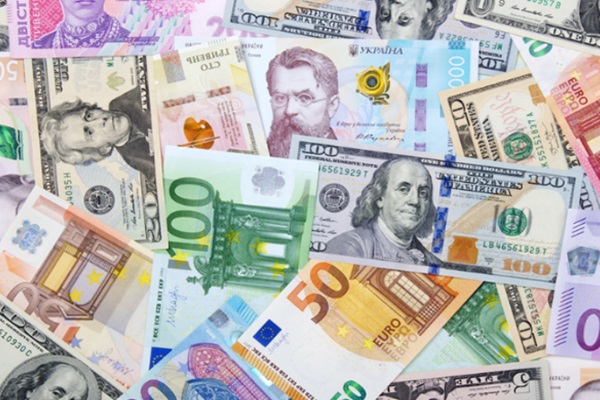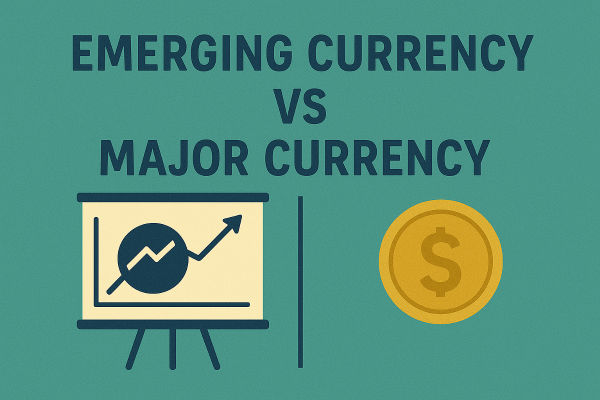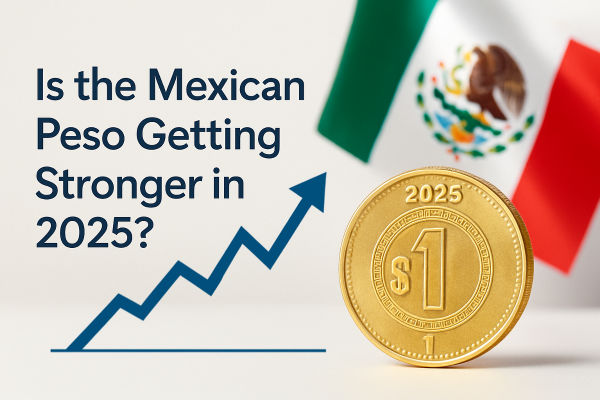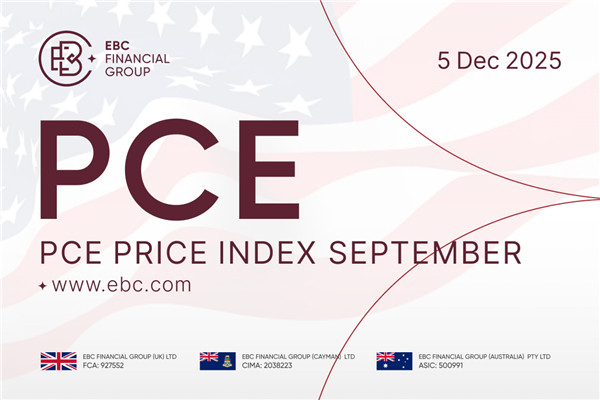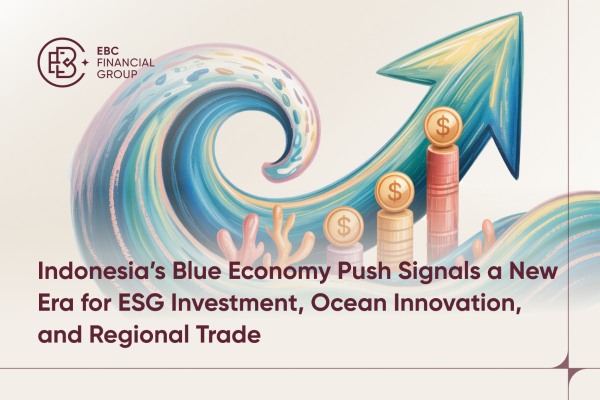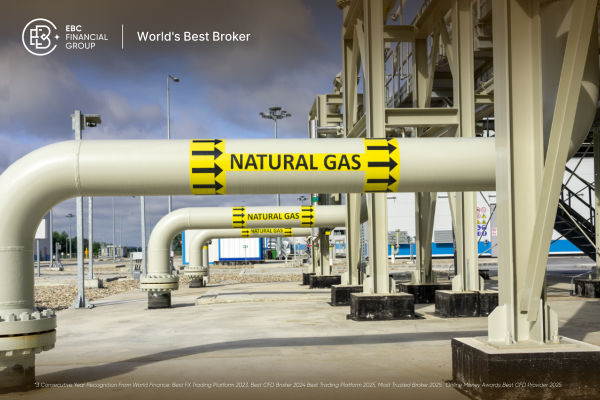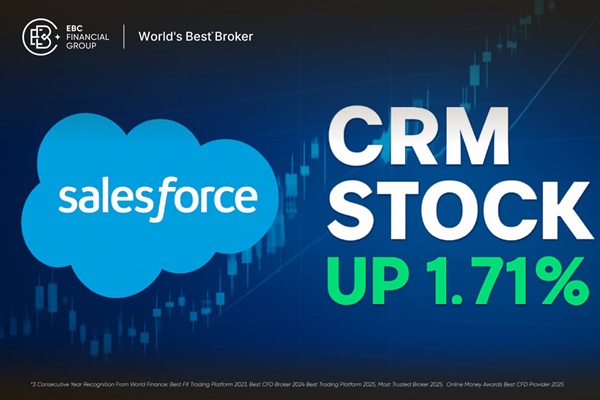The Brazilian real (BRL) is one of the most actively traded emerging market currencies, offering a unique opportunity for forex traders seeking to diversify their portfolios beyond the major currency pairs.
In 2025, with rising global interest in emerging markets and volatility in traditional currency pairs, trading the BRL can be both rewarding and risky.
This article provides a comprehensive overview of trading the Brazilian real in the foreign exchange market, including factors that influence its value, trading strategies, and expert forecasts for the BRL in 2025.
A Brief History of Currency in Brazil

Colonial Period: Barter and Foreign Coins
Before Brazil became a republic, the region relied heavily on barter trade and foreign currencies, Portuguese coins. During the colonial era (1500s–1800s), the Portuguese real (plural: réis) was used widely.
1833: Introduction of the First Official Currency
In 1833, Brazil adopted the Brazilian real (réis) as its first formal currency. It was pegged to gold and silver standards during different periods but suffered from inflation and inconsistent monetary policy throughout the 19th and early 20th centuries.
1942: From Réis to Cruzeiro
To combat inflation and modernise the financial system, the réis was replaced by the cruzeiro (BRZ) in 1942. However, this currency went through multiple reforms due to persistent inflation:
1942–1967: Cruzeiro (BRZ)
1967–1986: Cruzeiro Novo (BRB)
1986–1989: Cruzado (BRC)
1989–1990: Cruzado Novo (BRN)
1990–1993: Return to Cruzeiro (BRE)
1993–1994: Cruzeiro Real (BRR)
Each iteration involved dropping zeros from the currency and issuing new notes — a reflection of Brazil's struggle with hyperinflation.
The Birth of the Modern Brazilian Real Currency
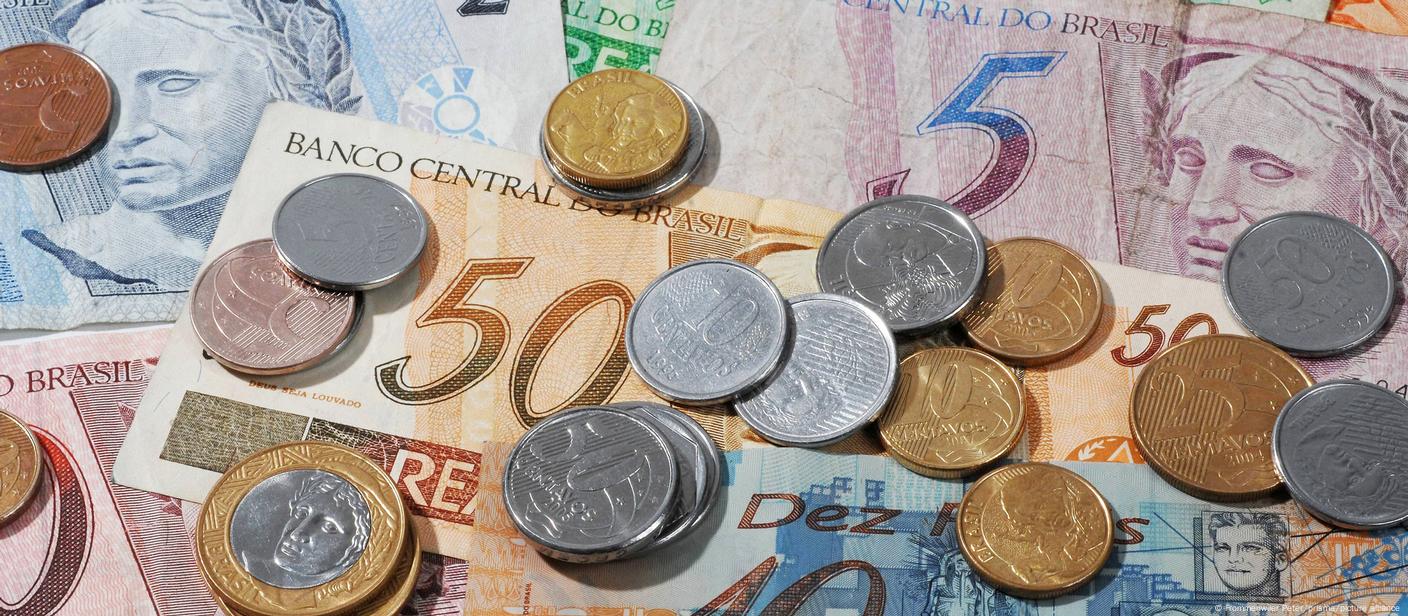
1994: Plano Real (Real Plan)
In response to runaway inflation in the early 1990s, the Plano Real was introduced by then-Finance Minister Fernando Henrique Cardoso, who would later become president. On July 1, 1994, the Brazilian real (BRL) was launched, replacing the cruzeiro at a rate of 1 real = 2,750 cruzeiros reais.
Objectives of the Plano Real:
Control inflation
Introduce fiscal and monetary stability.
Improve public trust in the currency.
Modernise Brazil's economy
Stabilisation Success
Initially pegged roughly 1:1 with the U.S. dollar, the real gained credibility thanks to strong government policies and inflation control. Foreign investments flowed in, and the currency stabilised, marking a new era for Brazil.
What Drives the Value of the Real Currency?
1) Commodity Prices
Brazil is one of the world's largest exporters of soybeans, crude oil, sugar, coffee, and iron ore. Therefore, commodity price fluctuations directly impact the real. A rise in commodity prices typically strengthens the BRL due to higher export revenues.
2) Interest Rates and Inflation
The Central Bank of Brazil adjusts interest rates through the SELIC rate (Sistema Especial de Liquidação e de Custódia). High interest rates tend to attract foreign investment into Brazilian assets, boosting demand for the real. Conversely, high inflation can erode confidence in the currency.
3) Economic Growth
Strong GDP growth improves investor confidence, which often leads to currency appreciation. Brazil's growth outlook in 2025 is expected to stabilise after several years of volatility, making the BRL a potentially lucrative option.
4) Political Stability and Reforms
Political developments, such as elections or major economic reforms, have significant impacts on the BRL. Policy changes that support fiscal responsibility, privatisation, and business-friendly regulation tend to boost the real.
5) Global Risk Appetite
As an emerging market currency, the BRL is highly sensitive to global risk sentiment. In times of economic uncertainty, investors tend to capital out of emerging markets into safer assets, such as the U.S. dollar, resulting in a weaker BRL.
USD/BRL Exchange Rate in 2025: Market Overview
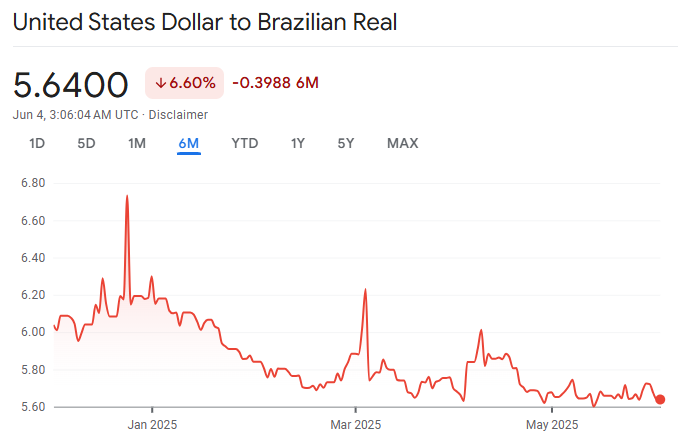
As of mid-2025, the USD/BRL exchange rate has ranged between 5.60 and 6.00. Global dollar trends, U.S. Federal Reserve policy, and investor perception of Brazil's political climate ahead of the next election cycle have influenced this fluctuation.
Brazil's economy is expected to grow moderately in 2025, with GDP around 2.5%. Inflation has eased compared to 2023 levels, and the central bank is cautiously lowering interest rates to stimulate investment.
Analysts have mixed opinions about the BRL's future. While some believe the real could strengthen toward 4.50 per dollar if Brazil's fiscal policies remain responsible, others warn that political instability or commodity downturns could send the currency back above 5.30 per USD.
Brief Forecast for the Real Currency: 2025 and Beyond
Here's a compilation of BRL forecasts from major banks and financial institutions:
Goldman Sachs projects the BRL will appreciate 4.60 by the end of 2025, supported by global demand for Brazilian exports and stable policy frameworks.
Morgan Stanley anticipates the BRL in a range-bound trend between 4.80 and 5.10, with political uncertainty being a limiting factor for further gains.
HSBC forecasts the BRL to weaken slightly toward 5.30 by 2026 due to narrowing interest rate differentials and a global slowdown in commodity demand.
Itaú Unibanco, Brazil's largest private bank, is more optimistic and believes the BRL could reach 4.40 by early 2026 through consistent fiscal consolidation.
Overall, most forecasts suggest a cautious optimism, with traders advised to monitor domestic policy reforms, commodity cycles, and global rate changes.
1) Trend Following in Commodity Cycles
Given Brazil's commodity-driven economy, following global commodity trends can help traders anticipate movement. If oil or soybeans prices are rising steadily, the BRL may follow in strength.
2) Carry Trade Opportunities
The BRL has historically offered high interest rates compared to currencies like the USD or JPY. Traders can earn the interest rate differential by going long BRL in a carry trade. However, this only works in stable market environments.
3) News-Based Short-Term Trading
Many traders focus on Brazilian economic releases, such as the monthly IPCA inflation index, central bank minutes, or job creation numbers, to scalp the BRL for quick profits.
4) Technical Analysis on USD/BRL
Using technical indicators such as the Relative Strength Index (RSI), Bollinger Bands, and Fibonacci retracement levels can help traders identify support and resistance levels on the USD/BRL chart, especially during volatile news periods.
Conclusion
In conclusion, trading the Brazilian real currency in the forex market presents an opportunity to diversify your portfolio and benefit from the dynamics of Latin America's largest economy. While it offers high return potential, it also carries unique risks tied to political instability, commodity cycles, and inflation trends.
As always, stay informed, test your strategies on demo accounts, and align your risk profile with the volatility trading emerging market currencies like the Brazilian real brings.
Disclaimer: This material is for general information purposes only and is not intended as (and should not be considered to be) financial, investment or other advice on which reliance should be placed. No opinion given in the material constitutes a recommendation by EBC or the author that any particular investment, security, transaction or investment strategy is suitable for any specific person.
